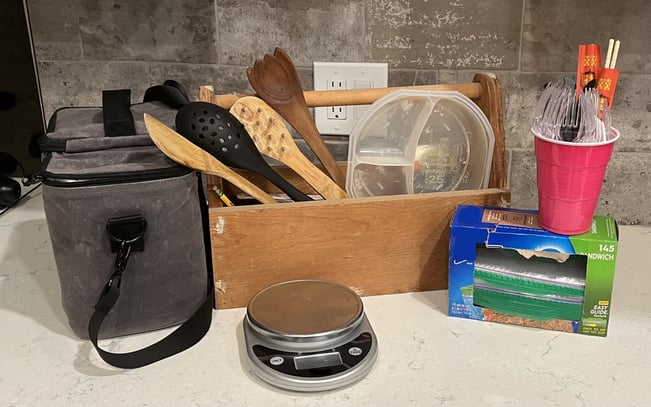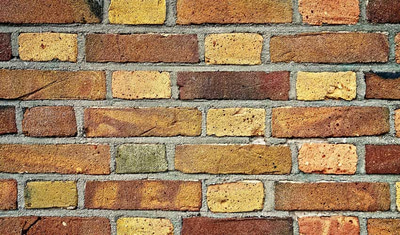Keeping your diet on point while on the go with the right equipment in your lunchtime diet toolbox!
1/13/20252 min read


Diet is at least 80% of your health. How many times have you heard that? I would argue that it is 85% of your health, because it really is THAT important. It all starts with diet and nutrition. Food is what fuels us, and what builds us. Yes, movement is also key to a heathy mind and body, but it starts with a good diet. Today is not about what to eat though, or when… it’s more about how. More specifically about getting your portion size right. If you are counting those calories, and grams of macronutrients… and you should be… then you need some equipment to do it a little more precisely. We always focus on what to eat, as we should… but there are other things to know when it comes to maintaining a healthy diet.
I am personally a brown bagger. Not sure if it is still called that these days. But back in the days of yore, people who brought lunch from home to school or to work did it in a very common, small, brown paper bag giving them the namesake of brown-baggers. Now we have little lunch box coolers that we use… they come in all kinds of shapes, sizes, and colors. Lunch box technology has come a long way since the days of the simple brown paper bag. But the concept is the same. Bringing your food with you to better control what you eat, and to eat healthier instead of grabbing it on the run from someplace fast and (probably) unhealthy. Brown bagging, although now it’s lunchbox cooler style, is still absolutely the way to go. A sturdy, roomy, sometimes compartmentalized insulated lunchbox is a great start to maintaining your eating habits while on the go. But packing your food to go into the lunchbox also requires a few other things.
Small sealable storage containers (Tupperware) of many different sizes, Plastic baggies, plastic wrap, tin foil, and even paper towels will all go a long way towards keeping your food ready for you. But before you pack a lunch or snack, or before you prep any meal for that mater you have to know your portion sizes. To do that you have to measure out your different food choices for each meal to meet the grams of macros required. With dry ingredients like rice, a measuring cup will do. Liquids as well. But for food like meats, you will definitely need a food scale. You can weigh everything if you really want, but you must have a scale to weigh out how many ounces of any meat you consume to be sure you are getting the right number of grams dedicated to that meal. Sounds like a complicated extra step in food and meal preparation, but it is not.
Weighing your food takes about two seconds, and a good food scale is not expensive. You can jump online and find the average scale for every day diet needs ranging from $14 to $30 dollars. Food scales are often overlooked, but are definitely a vital piece of equipment. They are the only way to know for sure that you have a 6 oz piece of chicken breast giving you 40 grams of protein instead of way over or way under your target number of protein grams for that meal. It is a great tool to have in your diet toolbox. So, prepare your food ahead of time, measure or weigh out your portions, pack them properly to stay fresh and ready in your fancy cooler style designer lunch box… and provide yourself the assurance that you can maintain your diet while on the go!
